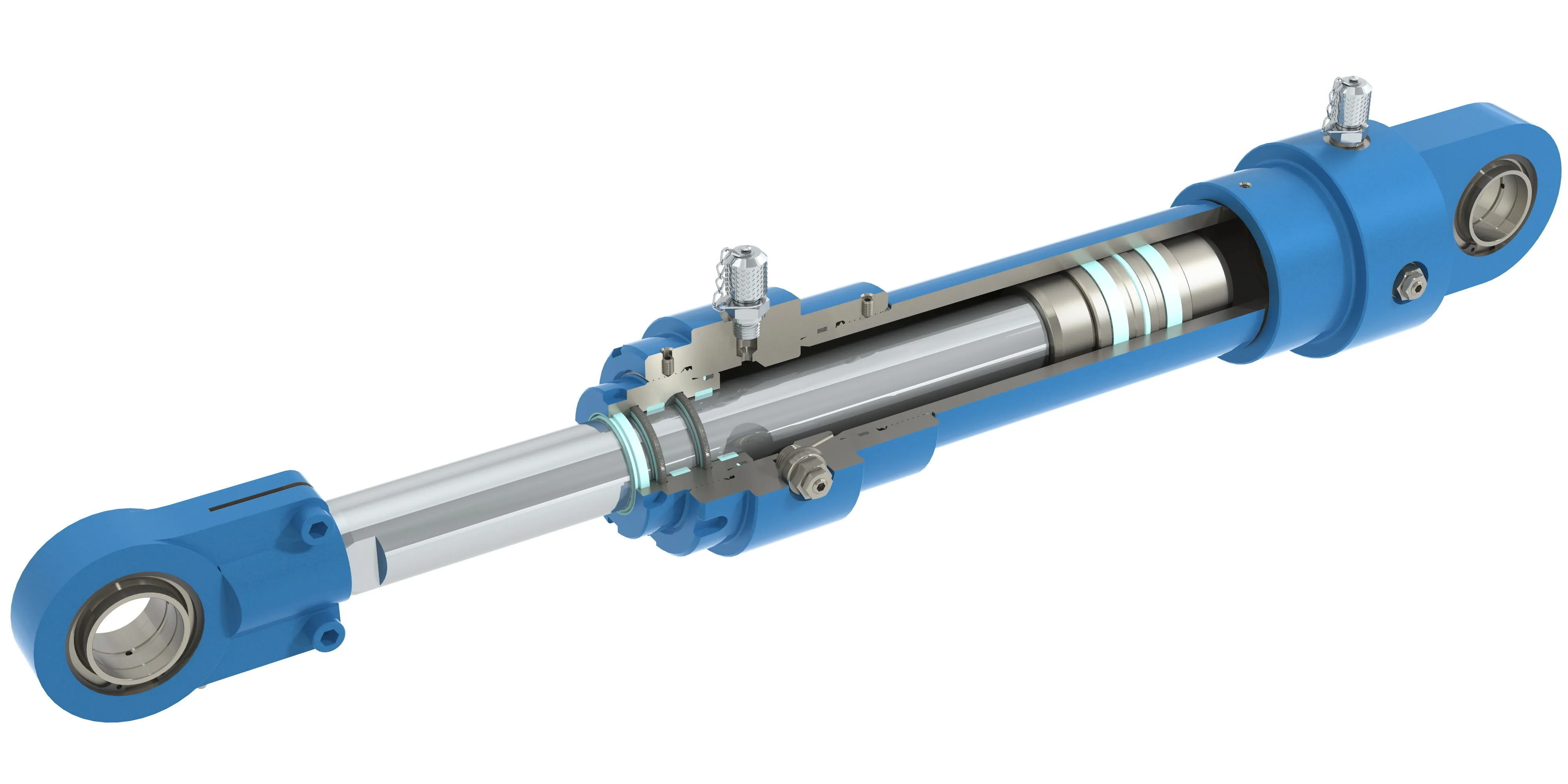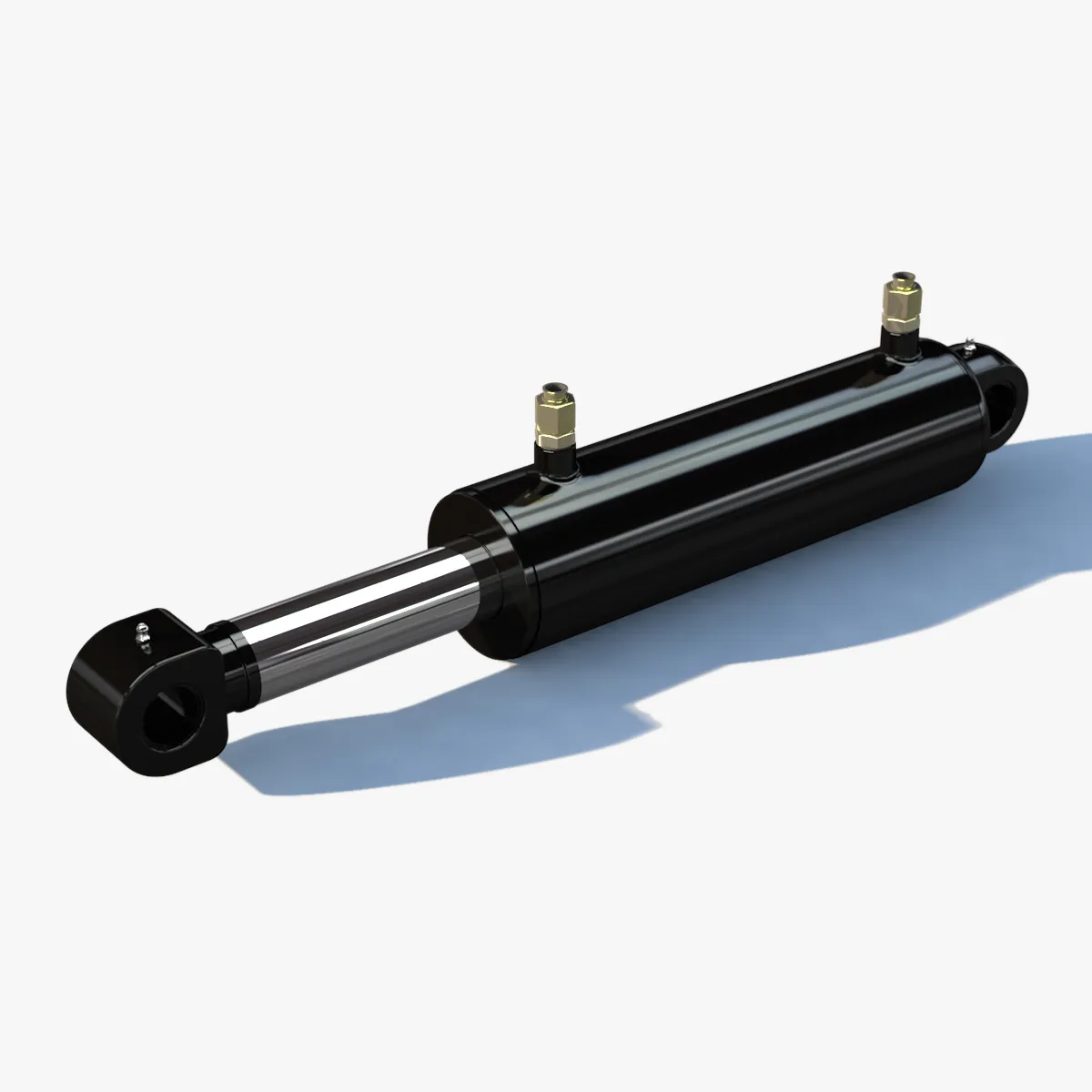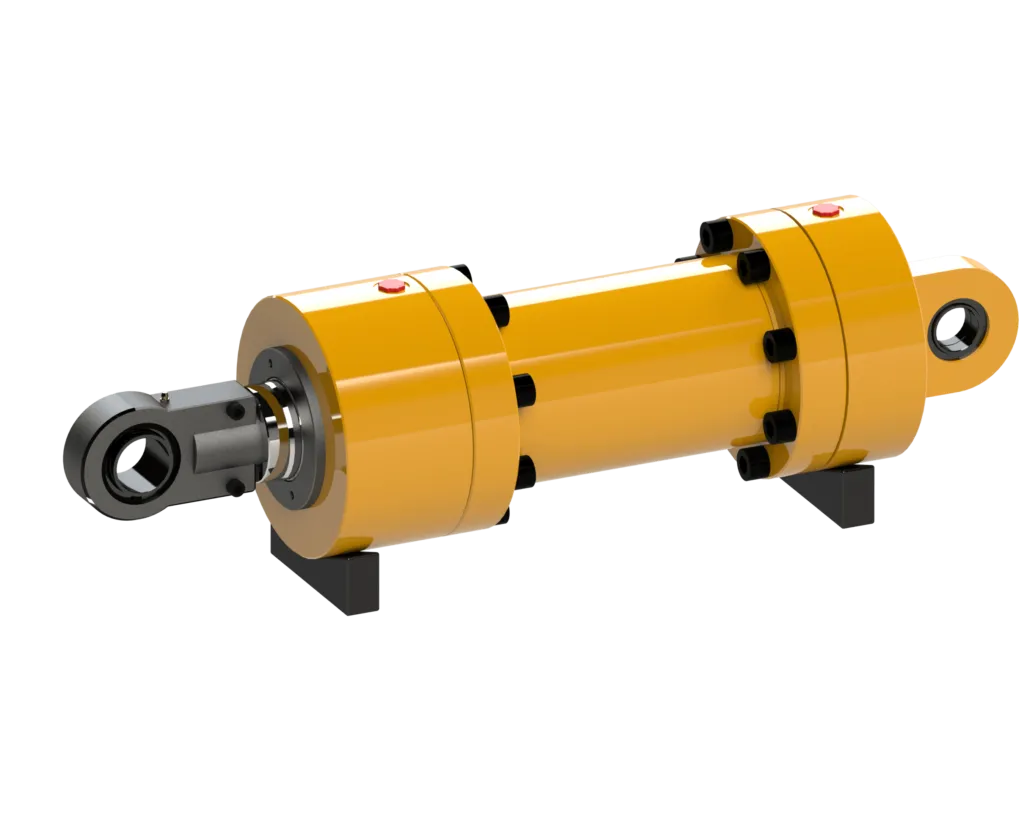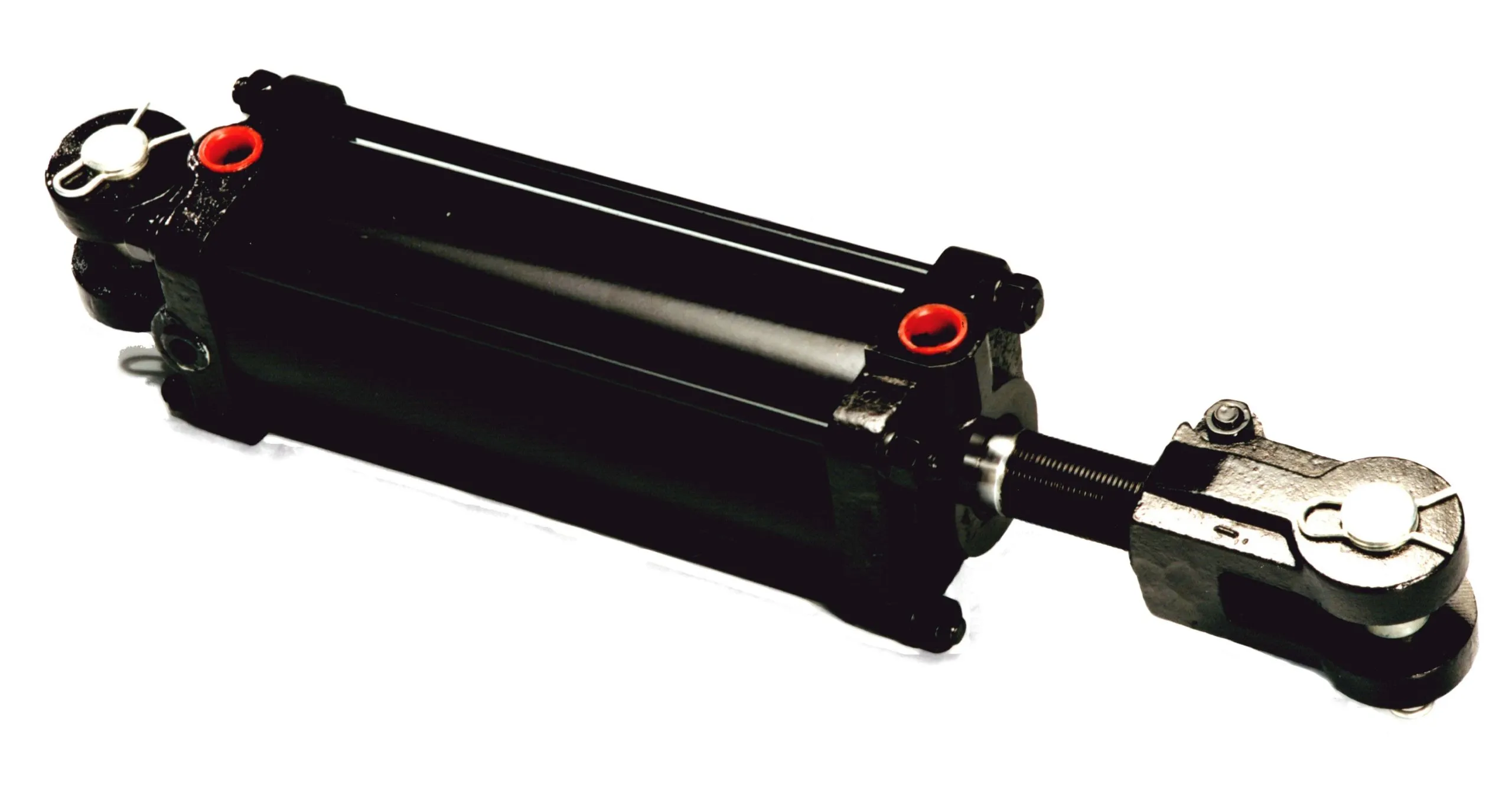Unlocking the Potential: The Power of Locking Single-Acting Hydraulic Cylinders in Automotive Repair
Understanding Locking Single-Acting Hydraulic Cylinders
The term “locking single-acting hydraulic cylinder” may sound complex, but in essence, it refers to a hydraulic cylinder that operates under hydraulic pressure in one direction and features a locking mechanism to prevent movement in the absence of pressure.
Design and Construction Features
- Locking Mechanism – Safety: The main highlight of these cylinders is their locking mechanism, which ensures that the piston remains in a secure position even when hydraulic pressure is lost, preventing accidental retraction.
- Variety: The locking mechanism design can be customized to suit specific applications, utilizing options such as spring-loaded locking devices or pin locks.
- Compact Structure – Space Optimization: These cylinders are designed to be compact, making them ideal for use in confined spaces and various equipment.

Precision Manufacturing
These cylinders undergo high-precision machining to ensure component accuracy for optimal fit and sealing performance, thereby avoiding leakage issues. Quality control measures are strictly enforced during production to guarantee component reliability.
Working Principle
When hydraulic oil is pumped into the chamber, the cylinder extends and pushes the piston outward. The retraction is controlled by a locking mechanism, either mechanical or hydraulic, to prevent unintended movement under load.
Types and Configurations

There are three main types of locking single-acting hydraulic cylinders, each offering unique configurations tailored to specific applications. These variations provide flexibility and versatility in various automotive repair scenarios.
Benefits
- Enhanced Security: The locking feature significantly reduces the risk of accidental retraction, enhancing operator safety.
- Reliability: These cylinders are designed for consistent performance under high loads and diverse environmental conditions.
- Simplicity: Easy to operate and maintain, making them a user-friendly choice across multiple applications.
Applications
Locking single-acting hydraulic cylinders find widespread use in construction equipment, manufacturing processes, transportation systems, and aviation industries, where stability and safety are paramount.
Design Considerations and Selection Criteria
Key considerations when selecting these cylinders include bearing capacity, sealing effectiveness, durability, safety features, and ease of maintenance. Each aspect plays a crucial role in the overall performance and longevity of the system.
Sealing and Lubrication
Proper sealing with materials like polyurethane and nitrile rubber, along with regular lubrication maintenance, ensures optimal performance and longevity of the cylinders. Attention to detail in surface treatment and oil levels is essential.
Maintenance and Troubleshooting
Regular inspection, lubrication checks, seal replacements, and calibration inspections are vital for preventing issues and ensuring the cylinders function efficiently. Identifying and addressing common problems promptly is key to long-term reliability.
Unit Power and Optimization
Understanding the unit power factors, such as cylinder diameter, operating pressure, piston speed, and load conditions, helps optimize the power output of locking single-acting hydraulic cylinders. This optimization enhances efficiency, energy savings, and overall reliability.
Company Spotlight

Our company specializes in hydraulic cylinder replacements and has established itself as a leading manufacturer and distributor in the global market. With a comprehensive product line, professional services, and commitment to quality, we cater to diverse hydraulic system needs.

